- Automobiles & Motorcycles
- Beauty & Personal Care
- Business Services
- Chemicals
- Construction & Real Estate
- Consumer Electronics
- Electrical Equipment & Supplies
- Electronic Components & Supplies
- Energy
- Environment
- Excess Inventory
- Fashion Accessories
- Food & Beverage
- Furniture
- Gifts & Crafts
- Hardware
- Health & Medical
- Home & Garden
- Home Appliances
- Lights & Lighting
- Luggage, Bags & Cases
- Machinery
- Measurement & Analysis Instruments
- Mechanical Parts & Fabrication Services
- Minerals & Metallurgy
- Office & School Supplies
- Packaging & Printing
- Rubber & Plastics
- Security & Protection
- Service Equipment
- Shoes & Accessories
- Sports & Entertainment
- Telecommunications
- Textiles & Leather Products
- Timepieces, Jewelry, Eyewear
- Tools
- Toys & Hobbies
- Transportation
What is EPE Foam?
EPE foam, or Expanded Polyethylene foam, is a versatile and lightweight material known for its exceptional cushioning properties. This closed-cell foam is created through a unique expansion process that results in a uniform and non-crosslinked structure, making it ideal for various applications in packaging, insulation, and beyond.
Origins and Manufacturing Process
The origins of EPE foam can be traced back to advancements in polymer technology. The manufacturing process involves the expansion of polyethylene resin using physical and chemical methods. The initial polyethylene beads are subjected to heat and pressure, causing them to expand and form a three-dimensional network of closed cells. This process yields a foam material with a distinctive combination of low weight, flexibility, and resilience.
Properties and Characteristics
EPE foam stands out for its unique set of properties. Its closed-cell structure imparts excellent buoyancy and water resistance, making it suitable for applications in water sports and marine environments. The foam's ability to absorb and disperse impact energy makes it an ideal choice for protective packaging in industries ranging from electronics to fragile goods.
Moreover, EPE foam exhibits thermal insulation properties, providing an effective barrier against temperature variations. This feature makes it valuable in construction and HVAC applications, where insulation is crucial for energy efficiency.
Further reading:Key Differences Between Kraft and Regular Wrapping Paper
The Ultimate Guide to Microwave Pork Crackle Bag
The Versatility of Stretch Wrap Films in Modern Packaging
How Do You Identify Bopp Film?
What are the packaging materials for tea?
The Glass Liquor Bottle: A Timeless Icon of Elegance and Functionality
Common Issues and Troubleshooting Tips for LPG Cylinders
Applications and Significance
The versatility of EPE foam translates into a wide array of applications. In the packaging industry, it is commonly used to protect delicate items during transportation, ensuring they reach their destination intact. The foam's shock-absorbing qualities make it indispensable for safeguarding electronic components, glassware, and other fragile goods.
EPE foam's insulating properties find application in the construction sector, where it serves as a reliable thermal insulator. Whether used as underfloor insulation or as part of HVAC systems, EPE foam contributes to energy conservation and the reduction of environmental impact.
Environmental Considerations and Future Trends
While EPE foam offers numerous benefits, environmental considerations are increasingly shaping the industry. Efforts are underway to develop sustainable alternatives and recycling methods for EPE foam. Innovations such as biodegradable foams and recycling initiatives aim to mitigate the environmental impact of foam materials.
Looking ahead, the future of EPE foam involves a balance between its valuable properties and environmental responsibility. Ongoing research and development are focused on enhancing the sustainability of the manufacturing process and exploring new applications that align with evolving ecological standards.
In summary, EPE foam, with its origins in polymer technology, has become a staple in various industries due to its unique combination of properties. From protective packaging to thermal insulation, its significance is evident in diverse applications. As environmental concerns gain prominence, the industry is poised to embrace sustainable practices and innovations to ensure a responsible and enduring role for EPE foam in the market.
Kraft Paper Microwave Popcorn Bag: A Sustainable Snacking Solution
What is cold lamination film and how does it differ from hot lamination?
How BOPP Label Facestock Supports Eco-Friendly Packaging ?
What is The Impact of GRS Certification on the IML Food Packaging Industry?
How does dye sublimation paper work?
Are Watch Winders Safe for Rolex?
10 Frequently Asked Questions About Microwave Popcorn Bags
Previous
Related Articles
If you are interested in sending in a Guest Blogger Submission,welcome to write for us!




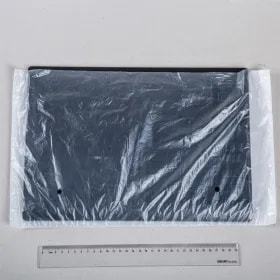
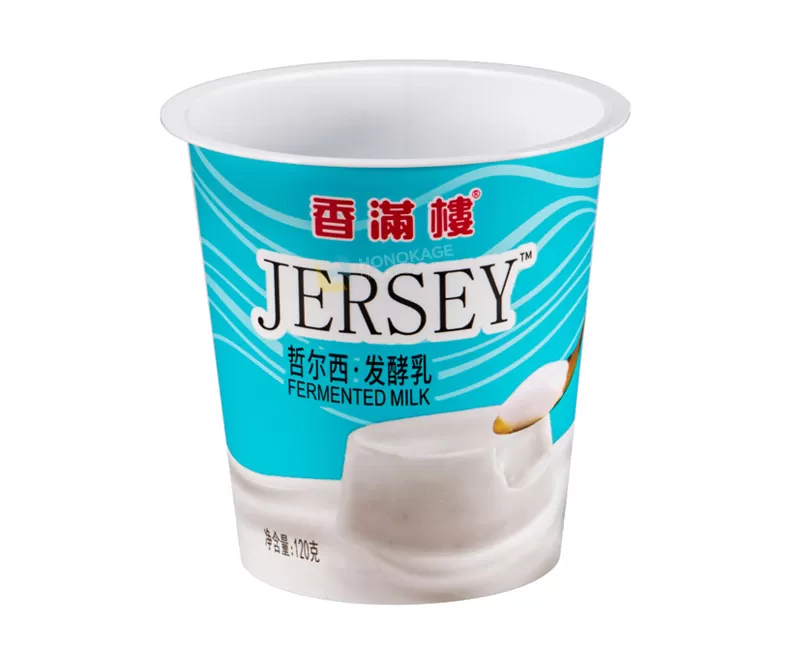

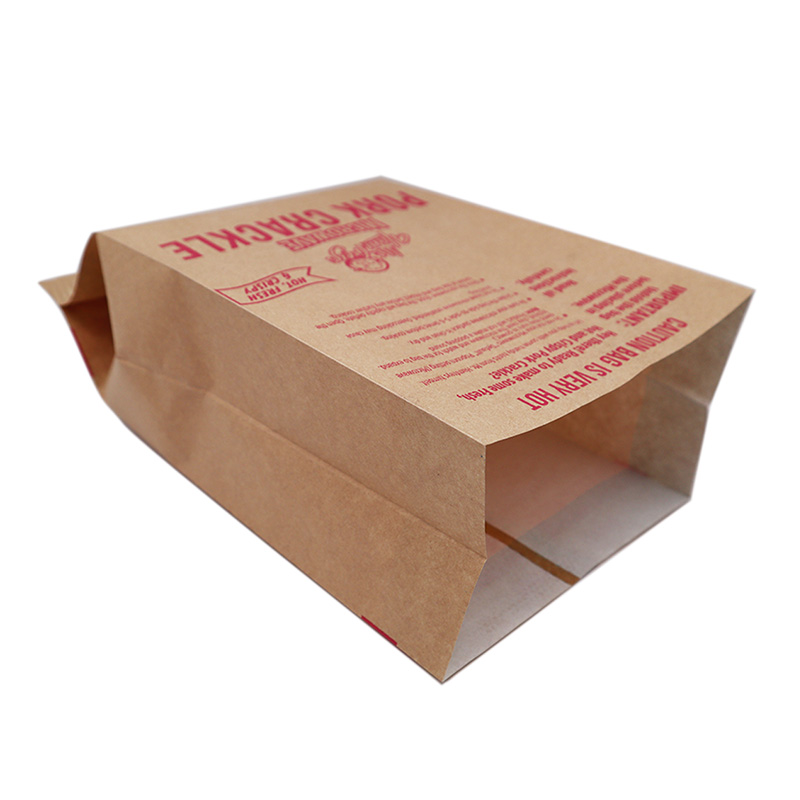
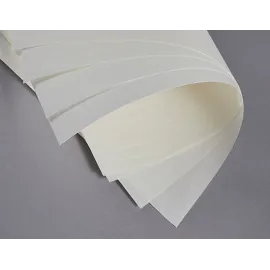
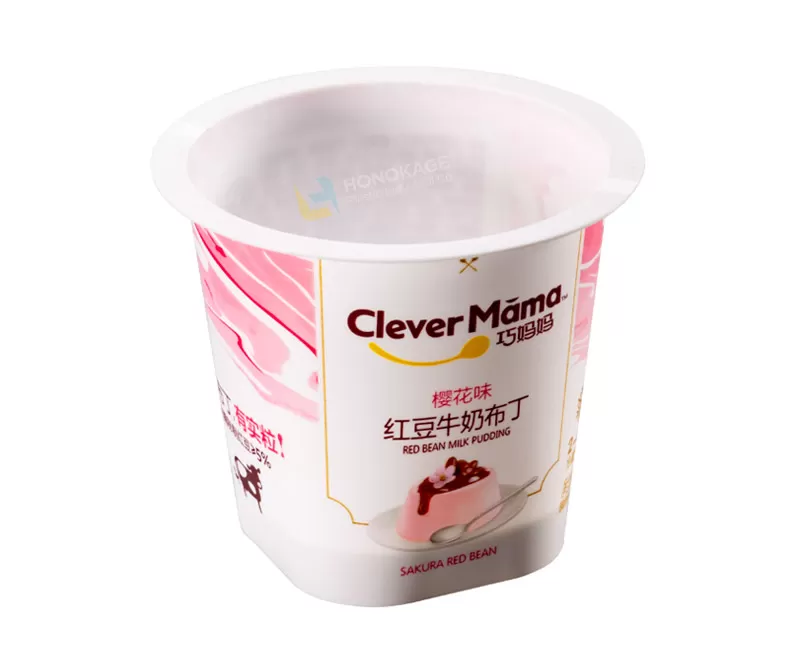
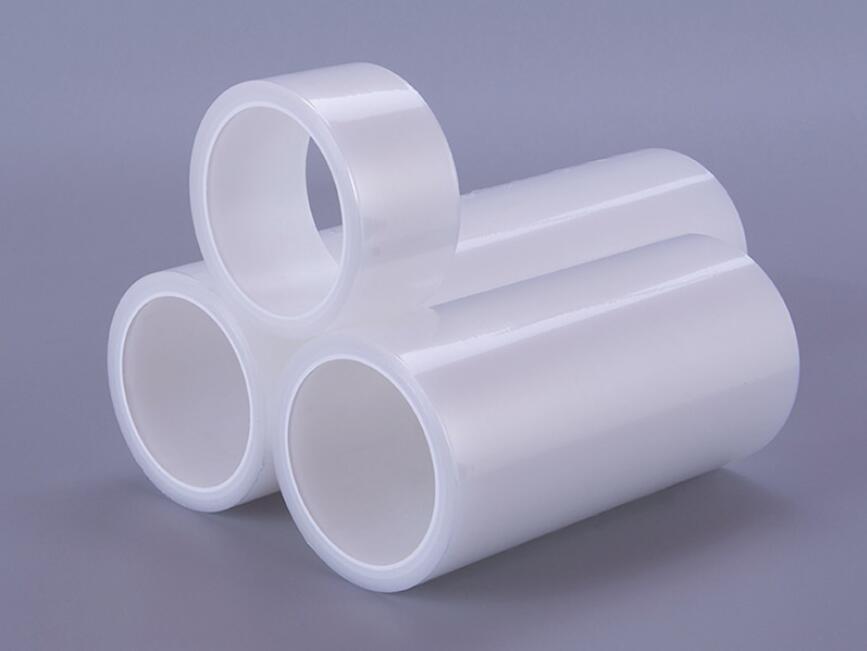

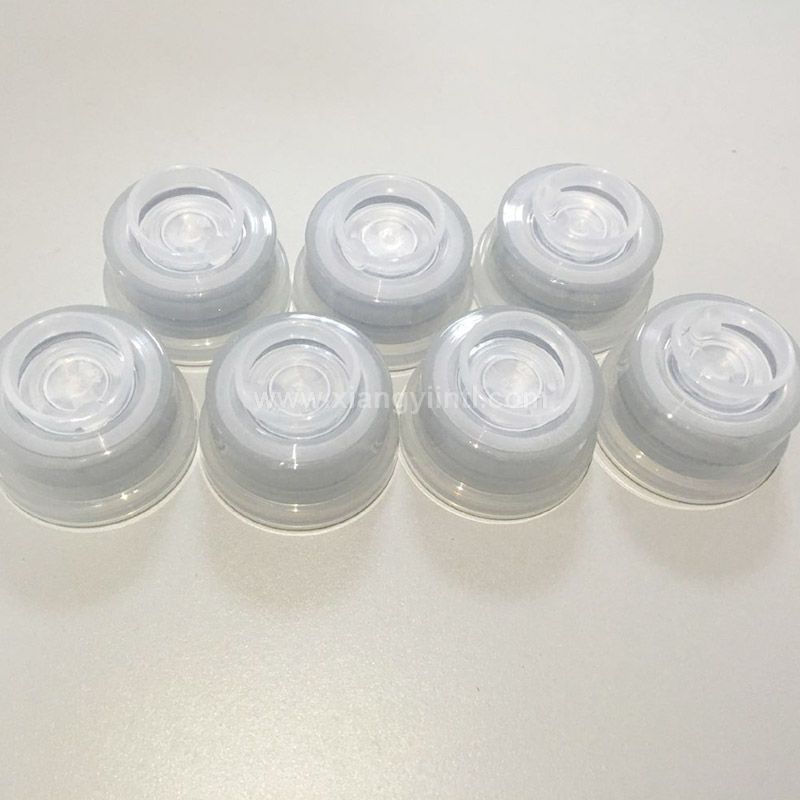
Comments
0